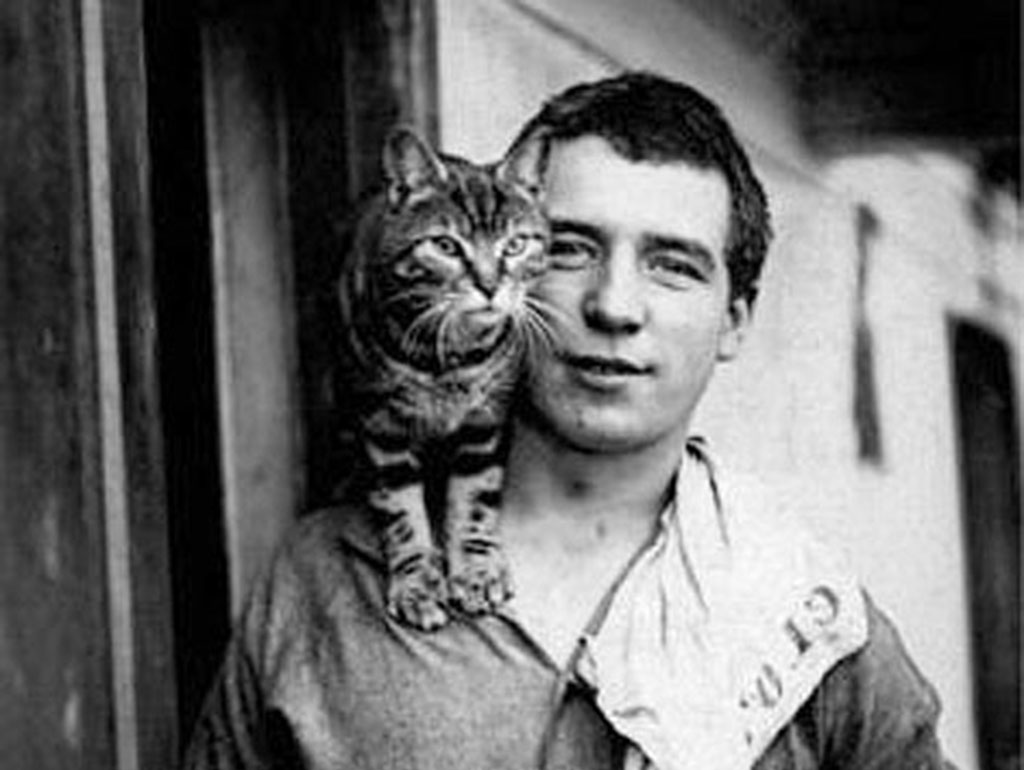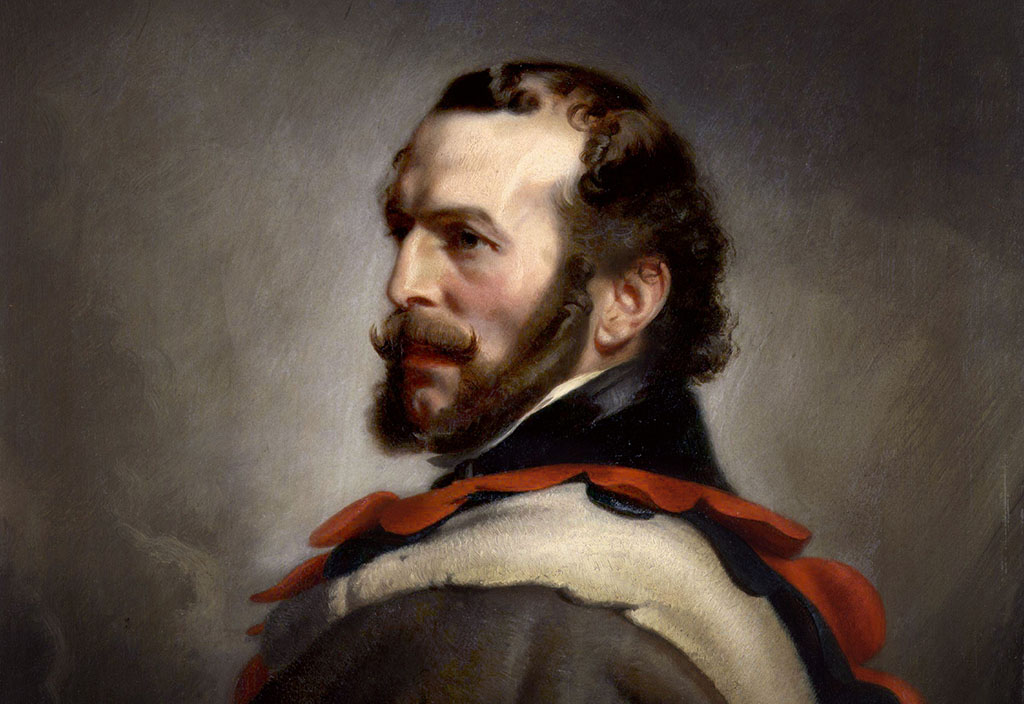The natural curiosity and bravery of the Scottish people has initiated many a dangerous expedition.
Here, we turn the spotlight on ten of Scotland’s best explorers.
1. Mungo Park (1771-1806)
Park was 23 when he volunteered to explore the course of the River Niger. Before setting off, the Selkirk-born former ship’s doctor learnt the local language to negate the need for an interpreter. During this voyage Park was captured by the Moors, but escaped after three months. On his second journey, eight years later, Park lost 40 of his 44 men to fever, and was forced to paddle 1,500 miles down the Niger in a boat made from two rotten canoes. The boat got trapped in rapids at Bussa – after which Park and his crew disappeared, either drowned or murdered by hostile tribes.
2. Sir Alexander Mackenzie (1764-1820)
Mackenzie was born into a mercantile family from Stornoway. In 1774, after his mother’s death, he moved to New York and later Montreal, where he secured an apprenticeship with a fur-trading company. In 1783 Mackenzie was tasked with discovering a route from inland Canada to the Pacific. Travelling by canoe, Mackenzie and his party followed a river for 1,075 miles and found themselves in the Arctic Ocean. He eventually did discover a passage to the Pacific, after travelling an incredible 2,300 miles.
3. Mrs Chippy (d.1916)

Mrs Chippy the cat
Mrs Chippy was the male tabby cat on board Endurance during Shackleton’s ill-fated expedition to the South Pole in 1916. The cat was taken on board by the ship’s carpenter but when the ship was crushed by polar ice just 100 miles from the Pole, Shackleton made the decision to have the cat, and three puppies, shot: ‘We could not undertake the maintenance of weaklings under the new conditions… Macklin, Crean, and the carpenter seemed to feel the loss of their friends rather badly’, he wrote. Indeed, McNish never forgave Shackleton, and the two clashed from then on.
4. James Weddell (1787-1834)
Sponsored by a pair of shipbuilders based in Leith, James Weddell made three journeys to the Antarctic in search of seals, mapping the South Shetland and South Orkney Islands, plus discovering a new sea (later named Weddell Sea) in the process and sailing to latitude 74o 15l, the most southerly point reached by anyone at the time.
5. John MacGregor (1825-1892)
MacGregor made a number of solo expeditions in canoes he designed himself, and which were all named Rob Roy, after Rob Roy MacGregor, to whom he was related. He paddled throughout Europe, navigated the Suez Canal, the Red Sea, the River Jordan and Lake Gennesareth (Galilee). In 1866 he wrote and illustrated a book about his adventures, A Thousand Miles in a Rob Roy
Canoe. The book was a global bestseller and popularised canoeing.
6. John Rae (1813-1893)

A portrait of John Rae, by Stephen Pearce
Orkney-born Rae was one of the greatest Arctic explorers. He joined the Hudson’s Bay Company as a surgeon and worked in Ontario, Canada, where he became noted for his stamina, and his ability to live off the land like a native, allowing him to travel large distances with little equipment. Rae undertook four expeditions, on which he travelled 10,000 miles by foot and small boat (which he dragged himself) and surveyed 1,800 miles of coast.
7. Alexander Laing 1792-1826)
Arrogant, conceited, brave and utterly indifferent to danger, Laing was perfect explorer material. In 1825 the Edinburgh-born soldier became the first European to cross the Sahara from north to south and the first to enter Timbuktu. During his expedition he was attacked by nomads and shot, slashed and cut 24 times – which included the loss of his right hand. In September 1826, after leaving Timbuktu, Laing was murdered – his papers were never discovered.
8. Isabella Bird (1831-1904)
Bird spent half her life as a resident of Scotland, and married an Edinburgh doctor when she was 49. She shunned the domestic life expected of 19th-century middleclass women and spent her life travelling the world, the dangerous way. She climbed the world’s highest mountain in Hawaii and rode 800 miles through the Rocky Mountains – where she spent some time with a one-eyed outlaw, her ‘dear desperado’. She wrote about her adventures, which included an 8,000-mile trip to China when she was 64, and was the first female fellow of the Royal Geographical Society.
9. John McDouall Stuart (1815-1866)
Fife-born Stuart is regarded as Australia’s finest inland explorer. He emigrated to Australia in 1839 and from 1858 led six expeditions north from Adelaide to the centre of the country, which he marked with a Union Jack on what is now Mount Stuart. In 1862 Stuart and his team succeeded in crossing the entire continent from south to north and back – a journey of 4,250 miles that took a year to complete. Due to failing health Stuart was carried for the last 400 miles on a stretcher hung between two horses.
10. David Douglas (1799-1834)
Douglas was born in the village of Scone in Perthshire. When he left school, the stonemason’s son worked as an apprentice to the head gardener at Scone Palace. After his apprenticeship he moved to the Botanical Gardens in Glasgow, and then the Royal Horticultural Society in London, who sent him on a plant-hunting expedition in the Pacific Northwest in 1824. Douglas introduced the Douglas Fir and numerous other conifers into Britain, changing the face of the British countryside.
TAGS

